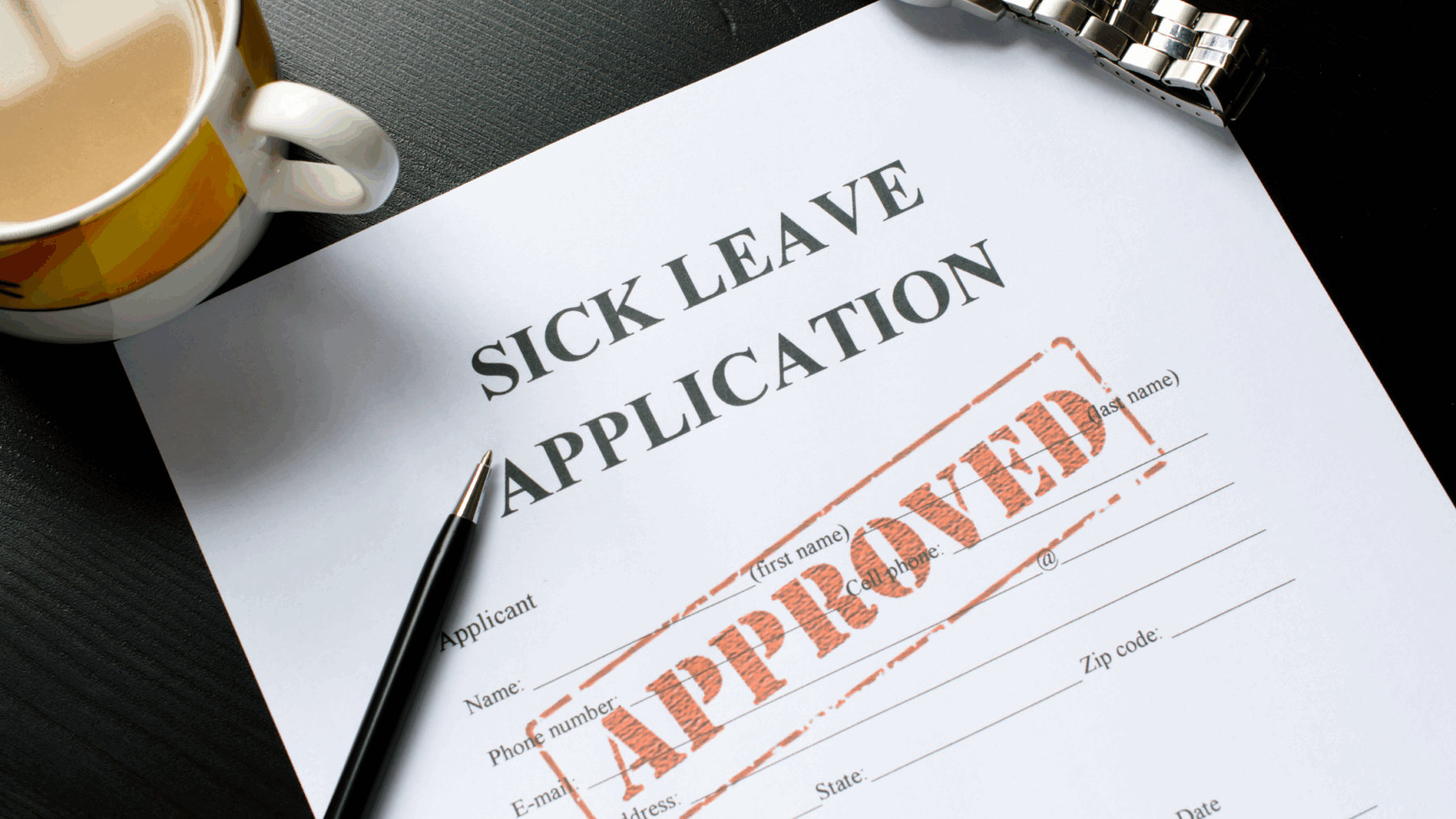Arguably, the public’s response to allegations of workplace sexual harassment has shifted notably (from mockery and humiliation to empathy and outrage) since October 1991 when university professor Anita Hill testified at Clarence Thomas’ Supreme Court Justice nomination hearings. Unfortunately, however, as the recent #MeToo movement reveals, the underlying problem of sexual harassment appears to have changed little. Given this, and the almost daily media coverage of new allegations, we thought it was time to provide a refresher on this topic from an employment law perspective.
Employment Law Protections and Obligations
In BC, both the Human Rights Code (the Code) and the Workers’ Compensation Act (the WCA) provide legal protections for employees and impose obligations on employers with respect to sexual harassment. As discussed in our blog post on workplace hugging, the starting point for a discussion on workplace sexual harassment is the case of Janzen v Platy Enterprises Ltd., which defined sexual harassment as:
… unwelcome conduct of a sexual nature that detrimentally affects the work environment or leads to adverse job-related consequences for the victims of the harassment.
So, how does the law deal with this behaviour in the context of employment?
The Code protects employees against discrimination in employment based on specific enumerated grounds, which include sex, sexual orientation, and gender identity or expression. Any person who experiences such discrimination may file a complaint with the BC Human Rights Tribunal, which has the power to sanction the behaviour and award damages to the person who experienced the discrimination.
The WCA imposes an obligation on employers to provide a healthy and safe workplace, free from bullying and harassment. This includes:
- Developing a policy statement to prevent and address workplace bullying and harassment (including sexual harassment).
- Taking steps to prevent or minimize bullying and harassment.
- Developing and implementing reporting procedures and procedures for dealing with incidents and complaints.
- Providing training to supervisors and workers about recognizing, responding to, and reporting incidents and complaints.
It is important to remember that the WCA confirms the right of employees to refuse unsafe work where they have a reasonable belief that performing their job will put them, or someone else, at risk. In this type of situation, an employer will have an obligation to remedy the unsafe work situation.
Responding to Allegations
Where an employer is made aware of an allegation of sexual harassment in the workplace, the employer should ask the employee to submit a formal written complaint. The next step will be for the employer to commence an investigation, which may be done in-house by a human resources professional or a trained manager. More delicate or complex situations, however, may call for a professional investigator from outside the organization who will interview the people involved and make formal recommendations to the employer.
Bottom Line
As Canada’s highest court commented in Janzen:
By requiring an employee to contend with unwelcome sexual actions or explicit sexual demands, sexual harassment in the workplace attacks the dignity and self-respect of the victim both as an employee and as a human being.
As such, from both a legal and a human perspective, a well-functioning and sustainable workplace must confront and find ways to remedy issues of sexual harassment.
Need help dealing with sexual harassment allegations in your workplace? Contact us!
And to read more from KEL’s lawyers on the topic of sexual harassment, check out these posts:



